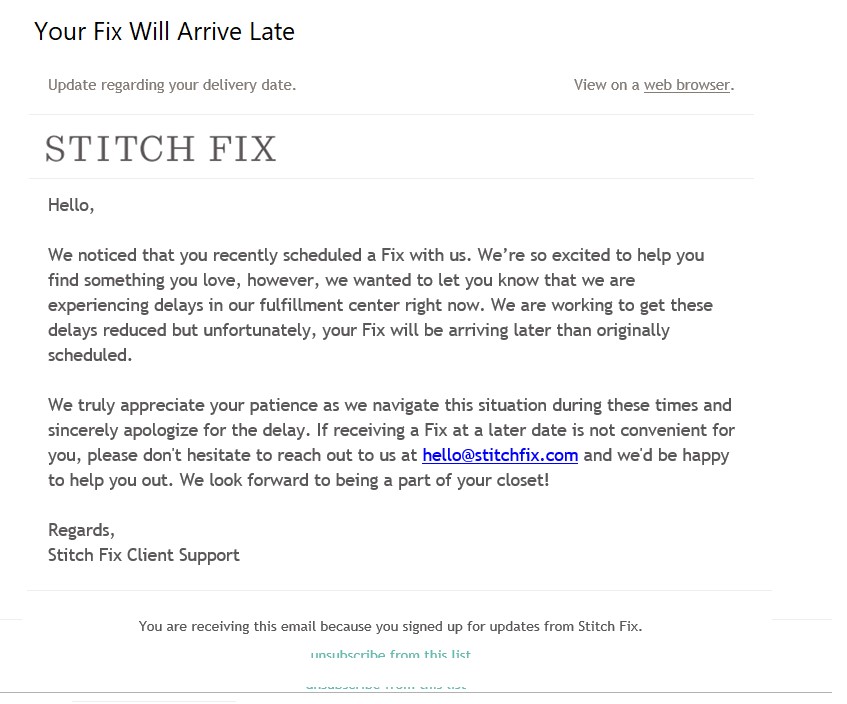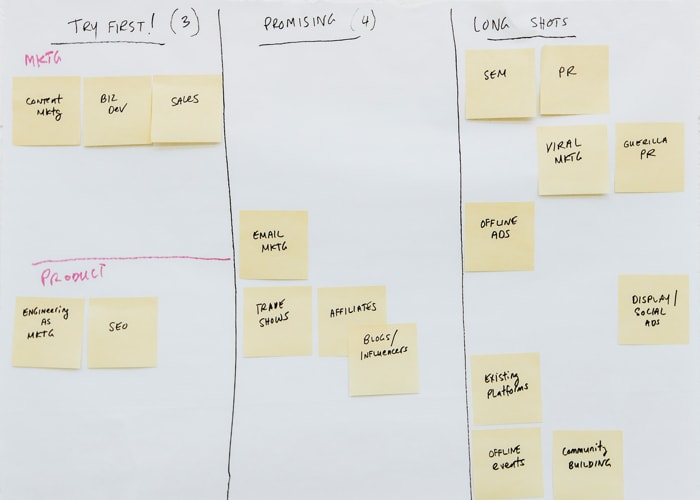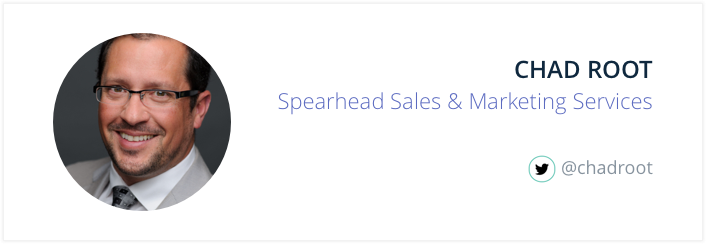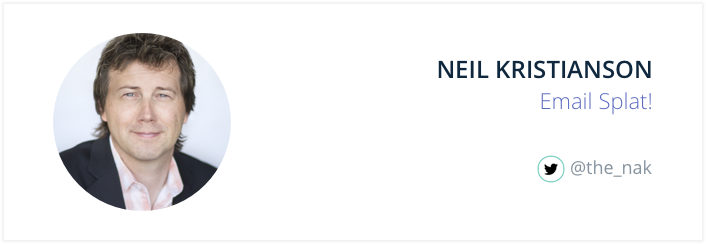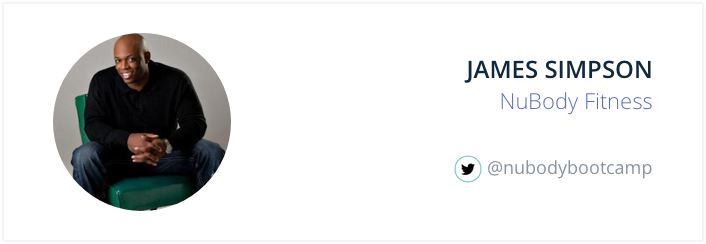Actionable advice on capturing subscribers, attention and loyalty through more meaningful messaging.
Email is ubiquitous. It’s the one marketing tool that spans the globe, is relatively low in cost, is powered by automation, offers customization and is measurable in terms of success. It also has the highest ROI of any other type of marketing. Ranking as the preferred method of brand communications across all demographic groups, email marketing is a no-brainer for businesses of all sizes. Crafting the right message requires skill, however. As these five business owners will attest, it requires a thoughtful, nuanced approach that is informative and engaging. Here, they share their advice for making emails matter to those that matter most: your customers.
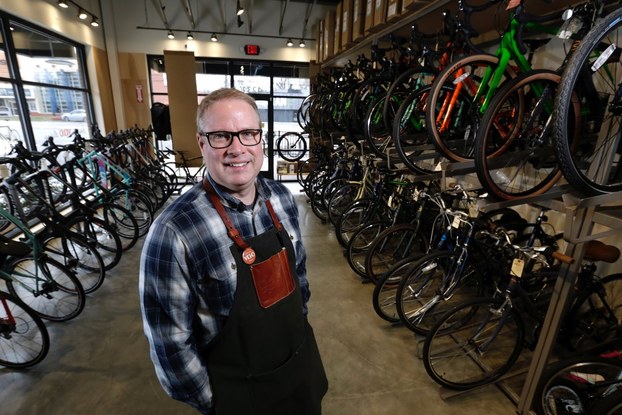
John Robinson, biking advocate & owner, Johnny Velo Bikes
Who we are: We are a local, family-owned bike shop in Columbus, OH, that serves all forms of cyclists in sales, service, and disco dance-offs.
We use our email strategy to build a customer-based following. We strive not to make it about listing products for sale, and instead to provide quirky and funny information that keeps people intrigued and engaged. I think about the emails that I click on and ask myself, “Why did I click on this? Was it the subject line, company, or the pretext that intrigued me?”
We utilize software that interfaces with our POS system and has certain scripts attached to it, based on what people buy. For instance, if you purchase a bike from us, you will receive an email the next day thanking them for your purchase with information about helmets and accessories as well as a link to our favorite biking routes, based on your skill level. Thirty days later, you will receive an email reminding you about bringing your bike in for its 30-day tune-up.
To build an email subscribership, we feature links on our website where people can sign up for our newsletter. We also add every email address into our POS email database when a customer shares it upon making a purchase. This database integrates with our email marketing software. We used Mailchimp for our first three years, and it was extremely easy to set up, design and send emails. We switched about a year ago to Klaviyo, which allows POS integration and email flows that can automatically keep our best customers engaged.
It’s all about engagement. Make your emails fun. Be real, write in conversational form and make each email something they want to open. Tell a story and work on ways you can engage other small businesses in your area. Follow Johnny Velo Bikes on Instagram & Facebook.

Lika Gitis, owner, Sunflower Art Studio
Who we are: A community children’s art school, teaching Boulder, CO-area kids since 2000.
I think that emails are very important, as they provide a simple and approachable way of communication. As most of my clients are parents of my students, it’s important to maintain a personal touch and a real connection. I feel that social media doesn’t provide such an individual approach.
To grow our mailing list, we have a subscription button on the website that provides a discount. We also use Sawyer Tools, which collects new emails at registration — with clients’ consent, of course.
We have been using Mailchimp for years because of its all-in-one emailing platform. It builds beautiful emails, edits pictures and text, has merge tags and lets you see how your emails were opened and seen.
I think that emails are great in small amounts. I don’t like to be spammed, so I don’t spam my clients. I think that if used for announcements or newsletters, once every couple of weeks or monthly, those emails will be enough to keep your audience involved and informed. I also feel that short emails with pretty pictures and action buttons work best. Follow Sunflower Art Studio on Instagram & Facebook.

Paco de Leon, founder, The Hell Yeah Group
Who we are: We are based in Los Angeles, CA, and help creative professionals with their relationship with money.
Every week my business publishes an email newsletter. We use the newsletter as a way to add value for our readers and help them get to know our company. The main tactic for growing our list is to focus on making a newsletter so good that people feel compelled to share it. I measure success by the amount of replies I get from readers (a handful each week) and inquiries about my bookkeeping service (a few each week). Emails that provoke people to think differently, offer another perspective, or disturb or agitate a long-held belief tend to do the best.
Finding the right email platform depends on what you’re trying to achieve. If you plan to run drip campaigns to segmented lists, ConvertKit is a great option. If you just want to send out simple broadcasts, Mailchimp or Email Octopus, which is what we use, work well.
My advice on email best practices is simple: Spend time looking at your email from the reader’s perspective. Make it worth their time and attention. Each subscriber is a person with feelings and fears, who have others who love and care about them. Treat your readers like humans. Care about them. Make your emails worth their time, energy and attention. Follow The Hell Yeah Group on Instagram.

Joni Newman, marketing & social media, Tanaka Farms LLC
Who we are: Family owned and operated 30-acre farm located in Irvine, CA, featuring a fresh produce market stand, CSA program, u-pick activities and more.
We use email newsletters to reach out to our customers with events, sales, specials and other activities here at Tanaka Farms. We also send out special promo codes and discounts to our email subscribers. We have a fairly large subscriber list, and have found that we see a marked increase in sales whenever we promote something through our newsletter. We have email newsletter sign-up sheets at all of our cash registers, and we also have a pop-up window on our website to sign up for our newsletter. In addition, we have links on our social media accounts to sign up. We use Constant Contact for our contact management. It is a robust platform with many features, including tracking, analytics and reporting. It is also fairly intuitive to use.
We try not to spam our customers and only send out newsletters when we have something of value to offer. We generally stick to a bi-weekly schedule, with the occasional “quickie” thrown in between. We have found that by not sending them out too often, and always offering our subscribers something of value, we have a high open and click rate compared to the national average.
We also make sure our newsletters have a very consistent look and feel. We include vibrant photos and links back to our website to provide more information or to purchase tickets to one of our many activities. Follow Tanaka Farms on LinkedIn, Instagram, YouTube, Twitter & Facebook.
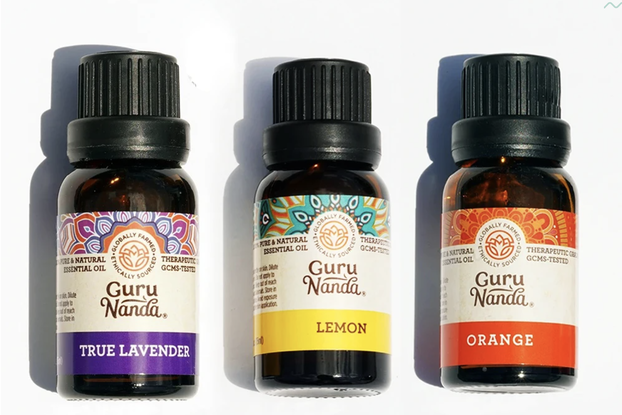
Puneet Nanda, chief essential oil, Guru Nanda
Who We Are: Buena Park, CA, makers of top-quality, ethically sourced healing products that incorporate Ayurvedic values at every level.
We love to use emails to form a connection with our customers. Guru Nanda products follow the practices of authentic Ayurveda, ancient Indian healing. Each product is rooted in my passion for the ancestral wisdom of my Indian culture, and I love using email to share more about this.
We send and manage our promotional emails using the email marketing software platform Klaviyo. We find it to be very user-friendly, as it offers helpful reports for tracking our success. In terms of database growth, our website has an automatic pop-up window that offers customers a discount on their first purchase when they subscribe to our list. We also offer monthly discounts to our subscribers. Both efforts have seen strong results each month.
My best advice for email marketing success? Keep it short and sweet! Have a marketing calendar and build your emails and social media around that to maintain cohesive messaging. Follow Guru Nanda on Instagram & TikTok.
CO— aims to bring you inspiration from leading respected experts. However, before making any business decision, you should consult a professional who can advise you based on your individual situation.
Follow us on Instagram for more expert tips & business owners’ stories.
CO—is committed to helping you start, run and grow your small business. Learn more about the benefits of small business membership in the U.S. Chamber of Commerce, here.



